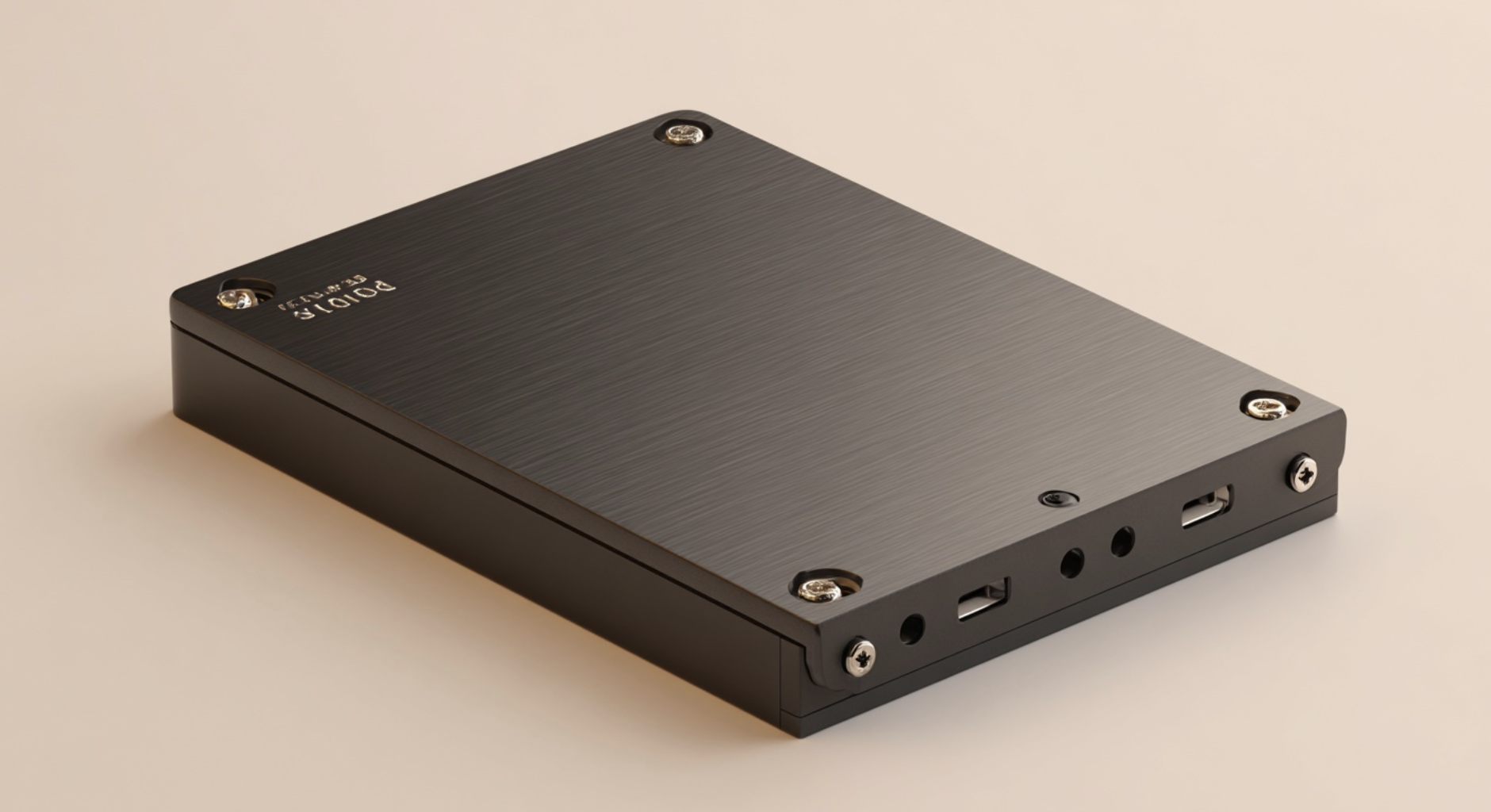When working with video editing, your hard drive’s setup is just as important as the drive itself. A poorly configured drive can cause slow previews, choppy playback, and painfully long export times. This guide focuses exclusively on how to properly set up your hard drive for video editing—whether you’re using an HDD, SSD, or external drive—so you can achieve smooth, reliable performance.
1. Format Your Drive for Video Editing
Before storing any footage, you need to format your hard drive in the correct file system.
The choice depends on your operating system and workflow:
Tip: Always format the drive using Disk Utility (Mac) or Disk Management (Windows) before use.
2. Create a Dedicated Folder Structure
A clear and consistent folder hierarchy will save you time and prevent mistakes.
Suggested Structure:
/Project Name
/Footage
/Camera A
/Camera B
/Screen Recordings
/Audio
/Voiceover
/Music
/Sound Effects
/Graphics
/Project Files
/Exports
Benefits:
- Keeps your assets organized for quick access.
- Prevents overwriting or losing important files.
- Speeds up relinking media if you move projects.
3. Allocate a Scratch Disk
Most editing software (Premiere Pro, DaVinci Resolve, Final Cut Pro) allows you to choose a scratch disk or cache location.
Why this matters:
A scratch disk stores temporary preview files, render files, and cache data. Keeping these on a separate high-speed drive from your main OS ensures smoother playback.
Setup Example in Premiere Pro:
- Go to Preferences > Scratch Disks.
- Set all locations to your external SSD for maximum speed.
4. Enable High-Performance Mode
If you’re using an external SSD/HDD:
- On Windows: Go to Device Manager > Disk Drives > Policies, and select Better Performance.
- On Mac: macOS automatically optimizes external drive performance, but make sure Energy Saver options are adjusted so the drive doesn’t sleep during inactivity.
5. Use Proper Connection Types
The type of cable and port you use drastically affects speed.
Preferred connections:
- Thunderbolt 3/4 – Up to 40 Gbps.
- USB-C 3.2 Gen 2x2 – Up to 20 Gbps.
- USB 3.0 – Up to 5 Gbps (minimum for HD editing).
Avoid: USB 2.0—it’s too slow for most video workflows.
6. Maintain Adequate Free Space
A nearly full drive will slow down dramatically.
Rule of thumb: Keep at least 20–25% free space for cache and temporary files.
7. Regularly Backup Your Projects
While setup improves speed, backup prevents data loss.
Use:
- Automated Backup: Time Machine (Mac) or File History (Windows).
- Manual Backup: Duplicate project folder to another drive weekly.
8. Optimize for Your Editing Software
For DaVinci Resolve:
- Store cache & optimized media on the fastest drive.
- Use Project Settings > Master Settings to choose media locations.
For Premiere Pro:
- Keep cache files and media separate.
- Clear cache periodically in Preferences > Media Cache.
For Final Cut Pro:
- Store libraries and media in separate locations.
- Use Library Properties > Storage Locations to set external storage.
Final Thoughts
Setting up your hard drive correctly is the foundation of a fast and stable video editing workflow. From formatting and folder structures to scratch disk allocation and backup, each step will help ensure smoother playback, faster exports, and better organization.
If you want to master not just your setup but also professional editing techniques in Premiere Pro, After Effects, and DaVinci Resolve, check out our Video Editing Course.






